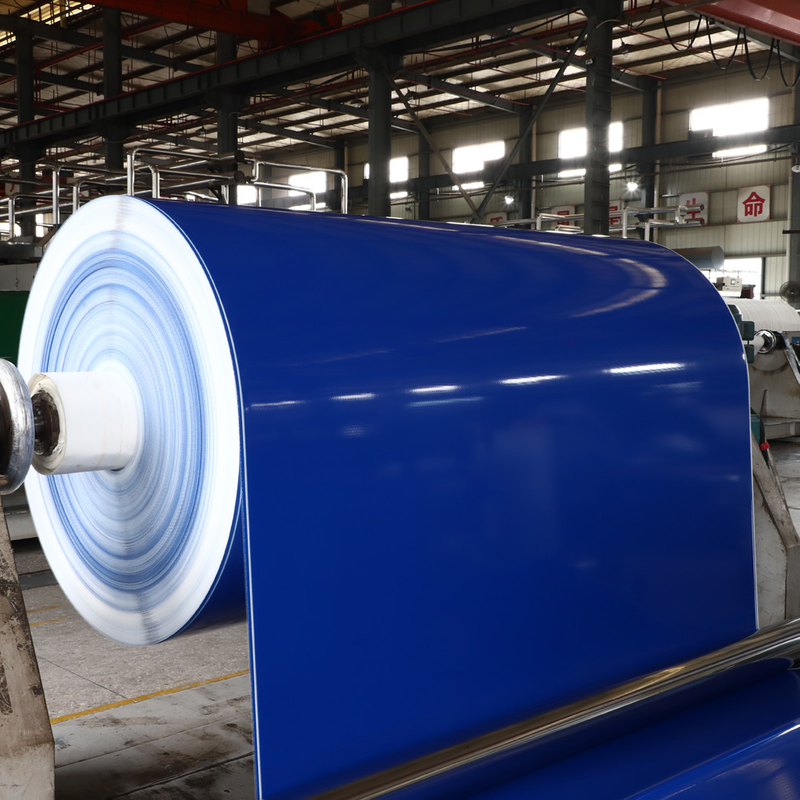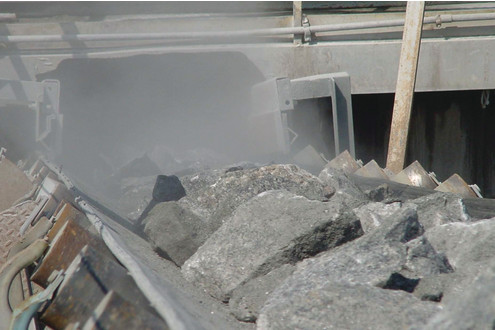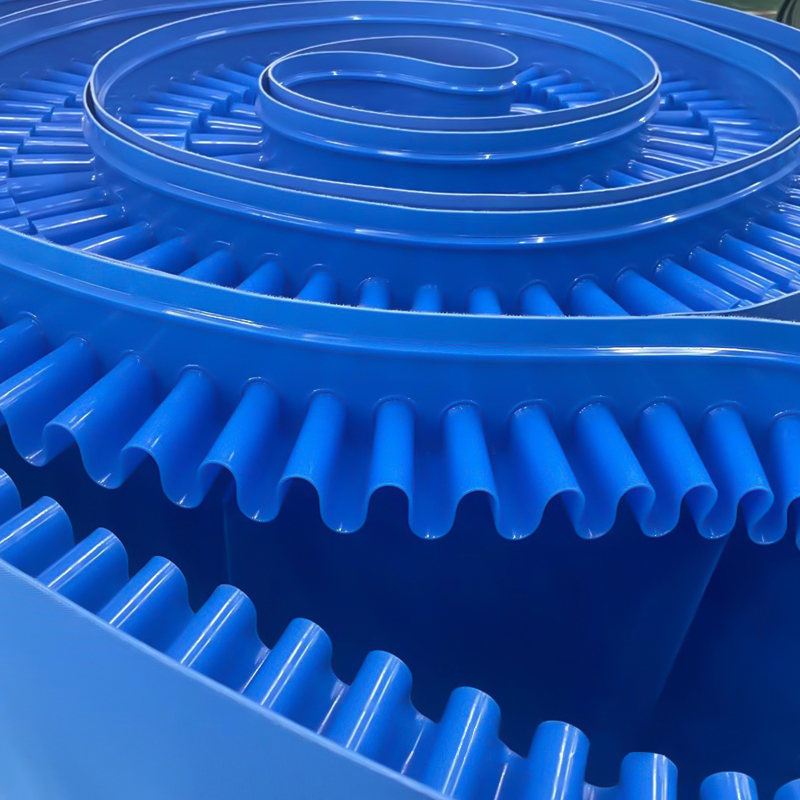Conveyor belts play a pivotal role in various industries, facilitating the efficient movement of materials and products along assembly lines, manufacturing plants, and distribution centers. Proper tensioning of conveyor belts is crucial for ensuring their optimal performance, longevity, and safety. In this comprehensive guide, we will explore the importance of conveyor belt tension, the factors influencing tension adjustment, and step-by-step procedures for achieving the correct tension.

Understanding Conveyor Belt Tension:
Conveyor belt tension refers to the degree of tightness with which the belt is pulled around the drive and idler pulleys. Proper tensioning is critical for several reasons, including preventing slippage, ensuring efficient power transmission, and minimizing wear on the belt and other components.
Factors Influencing Conveyor Belt Tension:
Belt Material and Construction:
Different materials and constructions have varying tension requirements. Rubber, fabric, or steel cord belts may necessitate different tension levels based on their inherent properties.
Belt Length and Width:
Longer and wider belts generally require higher tension levels to maintain proper engagement with pulleys and prevent sagging or mistracking.
Load Characteristics:
The type and weight of the material being conveyed influence tension. Heavier loads may require increased tension to prevent slippage or excessive stretching.
Pulley Diameter:
The diameter of the drive and idler pulleys affects tension. Smaller pulleys often require higher tension to generate sufficient friction and prevent belt slip.
Belt Speed:
Conveyor belt speed influences tension. Higher speeds may require increased tension to maintain proper tracking and prevent belt flutter.
Environmental Conditions:
Factors such as temperature and humidity can impact the tension of conveyor belts. Changes in environmental conditions may necessitate periodic adjustments.

Step-by-Step Guide on Adjusting Conveyor Belt Tension:
Note: Before adjusting conveyor belt tension, always follow safety guidelines, including proper lockout/tagout procedures to ensure the safety of personnel.
Identify the Tension Requirements:
Refer to the manufacturer's guidelines or specifications for the recommended tension levels based on the conveyor belt type, application, and environmental conditions.
Inspect the Belt:
Conduct a visual inspection of the entire conveyor belt, looking for signs of wear, damage, or misalignment. Address any issues before adjusting tension.
Release Tension:
Release tension from the conveyor belt by loosening the take-up or tensioning device. This may involve adjusting screws, bolts, or other mechanisms depending on the conveyor design.
Measure Belt Tension:
Utilize a tension gauge or other measurement tools to quantify the tension. Follow the manufacturer's guidelines for the appropriate tension level based on the belt specifications.
Adjust Take-Up Devices:
Depending on the conveyor design, adjust the take-up or tensioning devices to achieve the desired tension. This may involve turning screws, adjusting springs, or utilizing hydraulic or pneumatic systems.
Maintain Even Tension:
Ensure that tension is evenly distributed across the entire length of the conveyor belt. Uneven tension can lead to tracking issues and premature wear.
Monitor and Fine-Tune:
Regularly monitor the conveyor belt tension, especially after initial adjustments. Fine-tune as needed to account for changes in load, environmental conditions, or belt wear.
Document Adjustments:
Maintain a record of tension adjustments, noting the date, tension levels, and any relevant observations. This documentation aids in predictive maintenance and troubleshooting.
Train Personnel:
Train maintenance personnel on the proper procedures for adjusting conveyor belt tension. Emphasize safety protocols and the importance of regular inspections.
Seek Professional Assistance if Needed:
In complex conveyor systems or if challenges persist, consult with the conveyor manufacturer or a qualified technician to ensure proper tensioning without compromising safety or performance.

Proper conveyor belt tension is essential for the reliable and efficient operation of conveyor systems. Regular inspections, adherence to manufacturer guidelines, and systematic adjustments based on load, environmental conditions, and belt specifications contribute to prolonged belt life and minimized downtime. By following this comprehensive guide, industries can maintain optimal conveyor belt tension and enhance the overall performance of their material handling processes.
Tag:Light Duty Conveyor Belt,Rubber Conveyor Belt,PTFE Belt

